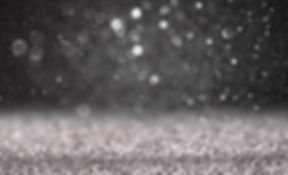“A picture is worth a thousand words.”

This phrase has been referred to as a Chinese proverb yet it’s true beginnings may be from an advertising man, Fred R. Barnard, as a way to promote images in advertisements. Whether the phrase is to increase consumer purchases or as a wise reflection on the importance of visual information, as teachers, we are always on the lookout for ways to support and enhance student learning.
The term “visual literacy” has been loosely attributed to specific learning styles (i.e., the visual learner), development of discerning interpretation of science statistics and data, and as a way to uncover student thinking through the creation and analysis of models and diagrams. But how does visual literacy fit into the science classroom?
Developing lessons that will support individual learning styles is always a challenge in the elementary classroom and teachers are on the lookout for providing visibly interesting and enriching experiences for students. Whether it’s visually presenting information or asking students to enhance their observational skills through recognizing details and differences, we are addressing learning through looking.
We cannot deny that we live in an ever-increasing visual world with technology taking the main stage in developing our understanding of the world’s cycles, flows, patterns, and connections through data, charts, graphs, images, and models. Our students will need to decode and encode vast amounts of information represented digitally or through data and statistics. We are bombarded with visual images, and these images play a role in the development of content understandings.
Some of what we teach is difficult for students to experience in a hands-on manner and therefore we must rely on visuals and models to help elucidate the vast or too small to be seen. Space, time and distances can be challenging for young ones to grasp. Offering ways to make large-scale measurements more meaningful or small-scale representations more understandable is quite a challenge. Allowing students to show what they are thinking by drawing and modeling can be helpful in discovering misconceptions as well as setting the stage for the beginnings of complex understandings.
Aside from building visual literacy skills we also need to allow the time for our students to look, feel, smell, listen and taste (when appropriate and safe); using their five senses to explore the world around them. Enhancing their visual skills so that they can interpret, analyze, make comparisons and find patterns. Providing students with the opportunities to represent concepts and problems in a visual manner will also enhance writing, and critical thinking skills as even the non-writer can engage in explaining their thoughts, understandings or claims through visuals and images.
This month we offer a broad view of visual literacy with the inclusion of articles as far reaching as debunking advertising claims – watch out Fred R. Barnard- our student won’t believe everything they see, to tangibly representing particles to help develop the underpinnings for the understandings of matter. Looking closely, recognizing details, finding patterns are developed visually and how better than to bring in the world of insects to entertain and excite student learning. It’s a visual world out there so we must make the most of it to provide our students the opportunities to engage, explore, explain, elaborate, and evaluate their thinking and learning,

